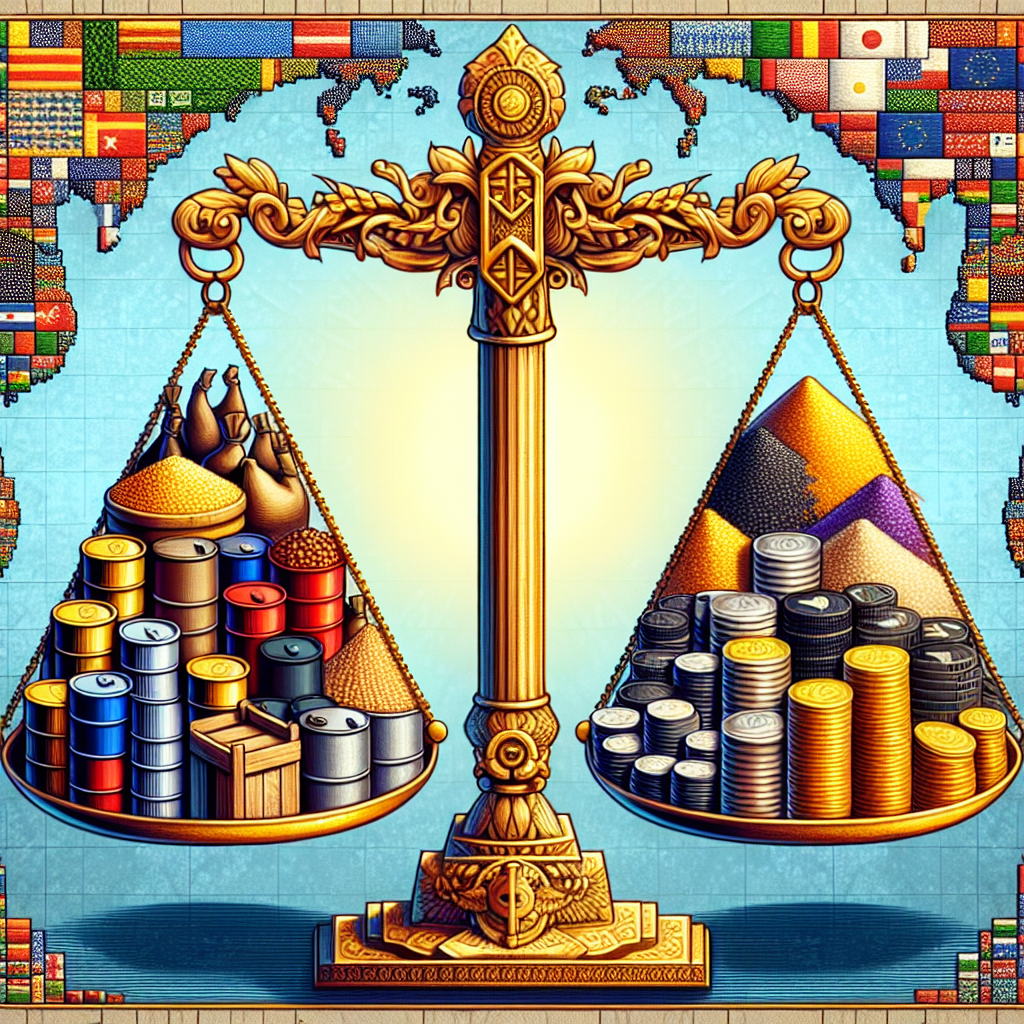Europe's Trade Reality Check: Navigating Trump's Tariff Terrain
Europe has signed a trade deal with the U.S., accepting a 15% tariff after months of negotiation. The agreement reflects the EU's struggle to assert itself as an economic power against the U.S. Despite the perceived imbalance, the deal aims to prevent a recession and highlights Europe's need for economic reform.

Europe has settled for a trade deal with the United States that imposes a 15% tariff, a compromise from the 30% tariff once threatened by President Trump. The pact, reached after prolonged negotiations, marks a sobering acknowledgment of the EU's position in global trade dynamics.
The agreement provides a modicum of stability for the European economy, but it falls short of the EU's ambitions to rival the economic clout of the U.S. or China. This outcome underscores the limitations of Europe's leverage, despite its reputation as an export powerhouse.
European businesses, ranging from telecommunications giants to steelmakers, admit the necessity of clinching the deal to mitigate uncertainty in global trade. The focus now shifts to diversifying trade alliances and reinforcing economic strategy to reduce reliance on the U.S. moving forward.
(With inputs from agencies.)
ALSO READ
Gold Soars Amid Global Trade Turmoil and Currency Fluctuations
Trump's Sweeping Tariff Offensive: A Global Trade Showdown
Transforming the Bay of Bengal: BIMSTEC's Vision for a Global Trade Hub
Escalating Tariffs: The Global Trade War Under Trump's Administration
G20 Finance Track Opens in KZN with Call for Unity in Global Economic Reform










